详细说明
Species Reactivity
Human
Specificity
Detects human MAdCAM-1 in direct ELISAs. In direct ELISAs, no cross-reactivity with recombinant mouse MAdCAM-1, recombinant human (rh) ALCAM, rhBCAM, rhCEACAM-1, rhEpCAM, rhICAM-1, -2, -3, -4, -5, rhCD31/PECAM-1, or rhVCAM-1 is observed.
Source
Monoclonal Mouse IgG 1 Clone # 683715
Purification
Protein A or G purified from hybridoma culture supernatant
Immunogen
Mouse myeloma cell line NS0-derived recombinant human MAdCAM-1
Leu21-Gln333
Accession # AAY82472Formulation
Lyophilized from a 0.2 μm filtered solution in PBS with Trehalose. *Small pack size (SP) is supplied as a 0.2 µm filtered solution in PBS.
Label
Unconjugated
Applications
Recommended
ConcentrationSample
Flow Cytometry
2.5 µg/10 6 cells
See below
CyTOF-ready
Ready to be labeled using established conjugation methods. No BSA or other carrier proteins that could interfere with conjugation.
Please Note: Optimal dilutions should be determined by each laboratory for each application. are available in the Technical Information section on our website.
Data Examples
Flow Cytometry | Detection of MAdCAM‑1 in HeLa Human Cell Line by Flow Cytometry HeLa human cervical epithelial carcinoma cell line was stained with Mouse Anti-Human MAdCAM‑1 Monoclonal Antibody (Catalog # MAB6056, filled histogram) or isotype control antibody (Catalog # , open histogram), followed by Phycoerythrin-conjugated Anti-Mouse IgG Secondary Antibody (Catalog # ). |
Preparation and Storage
Reconstitution
Sterile PBS to a final concentration of 0.5 mg/mL.
Shipping
The product is shipped at ambient temperature. Upon receipt, store it immediately at the temperature recommended below. *Small pack size (SP) is shipped with polar packs. Upon receipt, store it immediately at -20 to -70 °C
Stability & Storage
Use a manual defrost freezer and avoid repeated freeze-thaw cycles.
12 months from date of receipt, -20 to -70 °C as supplied.
1 month, 2 to 8 °C under sterile conditions after reconstitution.
6 months, -20 to -70 °C under sterile conditions after reconstitution.
Background: MAdCAM-1
Mucosal addressin cell adhesion molecule-1 (MAdCAM-1) is an approximately 60 kDa type 1 transmembrane glycoprotein. It is an endothelial cell adhesion molecule that belongs to the immunoglobulin (Ig) superfamily of proteins (1). Human MAdCAM-1 is synthesized as a 382 amino acid (aa) precursor that contains an 18 aa signal sequence, a 299 aa extracellular domain (ECD), a 21 aa transmembrane segment, and a 44 aa cytoplasmic tail. Within the ECD there is one potential site for N-linked glycosylation (2). The ECD comprises two Ig-like domains of 90 aa and 119 aa, respectively, each possessing invariant cysteine residues that stabilize the Ig loop (2). There is also a Ser-Thr-Pro-rich (71%) mucin-like 48 aa domain that is (aa 206‑317) formed by six tandem repeats of an eight aa sequence having the general consensus DTTSPEP/SP. This mucin domain contains 19 potential sites for O-linked glycosylation (2, 3). A splicing variant in which a single Ala residue is substituted for aa 223‑334 in isoform 1 produces a second isoform. Human mature MAdCAM-1 shares only 44% aa sequence identity with mature mouse MAdCAM-1. The integrin alpha (4) beta (7), which is expressed on lymphocytes, functions as the MAdCAM-1 receptor (1). The Ig domains of MAdCAM-1 are critical to alpha (4) beta (7) binding, and the mucin domain has activity in L‑Selectin binding. MAdCAM-1 expression is up-regulated by TNF-alpha and IL‑1 beta. MAdCAM-1 is expressed on the surface of high endothelial venules (HEV) in the gut and in Peyer’s patches, on endothelial cells of the mesenteric lymph nodes, lamina propria of the small and large intestine, and the mammary gland during lactation, and on brain endothelial cells (1). MAdCAM‑1 has also been reported to be expressed in the liver portal region in autoimmune hepatitis (1), and in bone marrow following allogenic (genetically non-identical) hematopoietic stem cell transplantation, where it recruits donor T cells, which may lead to graft versus host disease (3, 4). MAdCAM‑1 functions as a homing receptor, and plays a central role in leukocyte migration into HEVs and Peyer’s patch (5). In addition to its normal role in lymphocyte trafficking to mucosal tissue, MAdCAM‑1 expression is also dramatically increased in chronic inflammatory and disease states (1, 6), including inflammatory bowel disease (Crohn’s disease and ulcerative colitis) (7), sclerosing cholangitis (8), and diabetes (9), and may play an important role in these conditions.
References:
Ando, T. et al. (2007) BMC Physiol. 7:10.
Dando, J. et al. (2002) Acta Crystallogr. D 58:233.
Leung, E. et al. (1996) Immunol. Cell Biol. 74:490.
Ambruzova, Z. et al. (2009) Hum. Immunol. 70:457.
Tada, T. et al. (2008) Exp. Anim. 57:247.
Volpes, R. et al. (1992) Hepatology 15:269.
Connor, E.M. et al. (1999) J. Leukoc. Biol. 65:349.
Ala, A. et al. (2001) Gut 49:3043.
Yang, X.D. et al. (1997) Diabetes 46:1542.
Long Name:
Mucosal Addressin Cell Adhesion Molecule 1
Entrez Gene IDs:
8174 (Human); 17123 (Mouse)
Alternate Names:
hMAdCAM-1; MACAM1; MAdCAM1; MAdCAM-1; mucosal addressin cell adhesion molecule 1; mucosal addressin cell adhesion molecule-1; mucosal vascular addressin cell adhesion molecule 1







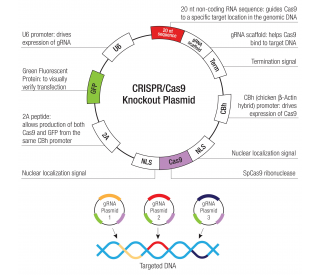
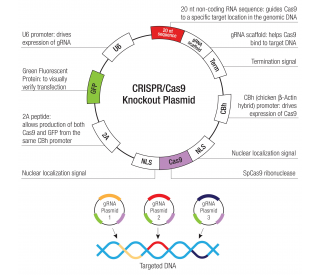
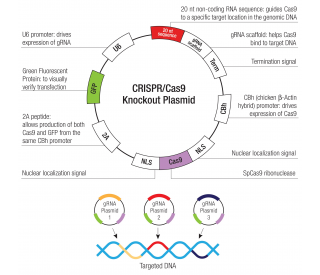
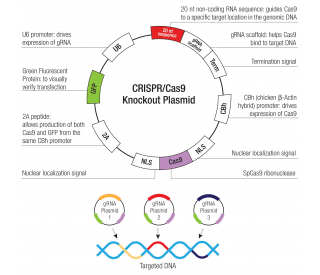
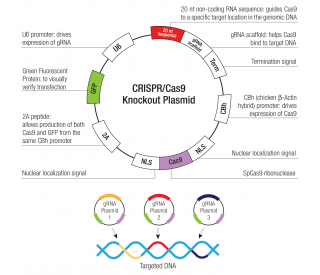
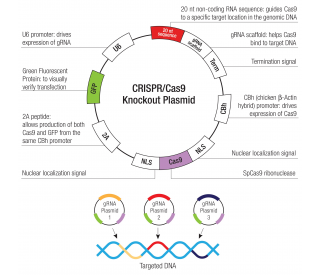
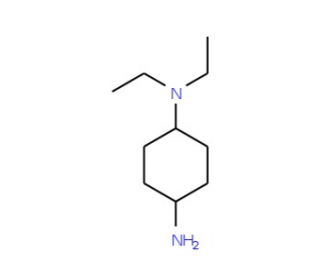
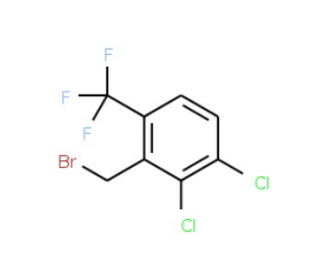
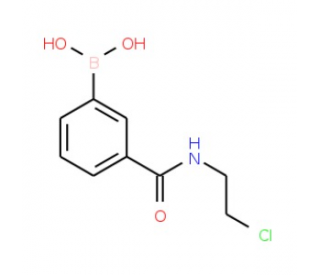
 粤公网安备44196802000105号
粤公网安备44196802000105号